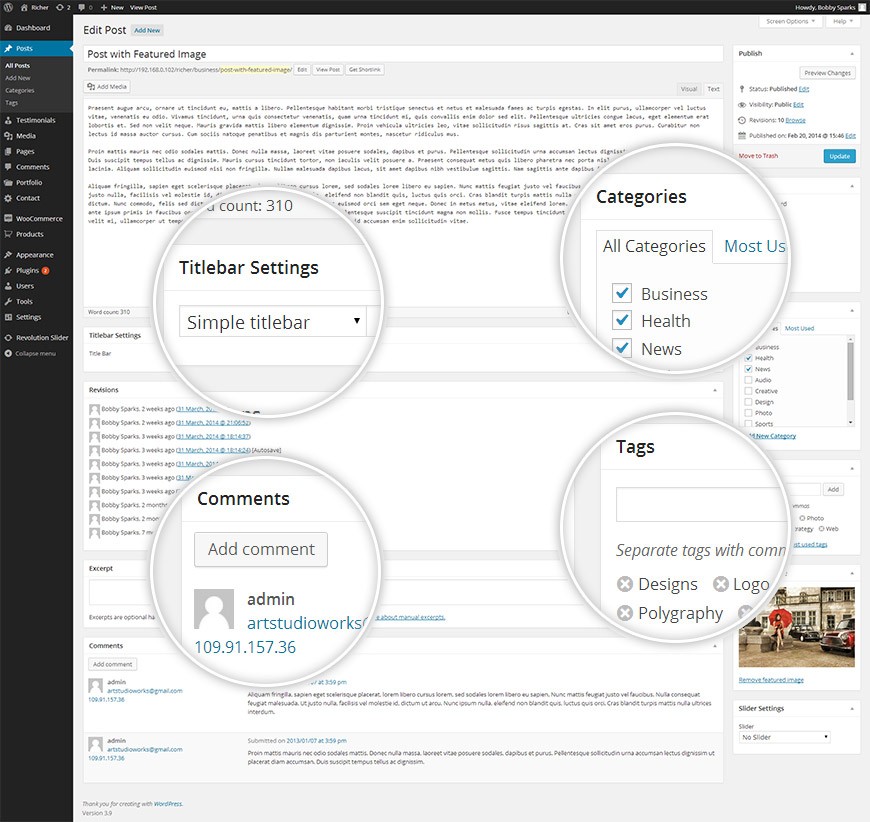Options Blog
Post on: 25 Июнь, 2015 No Comment

March 12, 2015
Implied Volatility and Bull Put Spreads
Implied volatility (IV) has been relatively low in the market until recently. With recent downturn in the market, some implied volatility levels have increased of of their recent lows. Implied volatility by definition is the estimated future volatility of a stocks price. More often than not, IV increases during a bearish market (or a sell off like we have been seeing) and decreases during a bullish market. The reasoning behind this comes from the belief that a bearish market is more risky than a bullish market. The jury is still out on whether this current bullish market can continue through the summer but regardless, now may be a good time to review a strategy that can take advantage of higher implied volatility even if it doesn’t happen this week. Option traders need to be prepared for all types of trading environments.
Reasoning and Dimensions
Selling bull put spreads during a period of high implied volatility can be a wise strategy, as options are more “expensive” and an option trader will receive a higher premium than if he or she sold the bull put spread during a time of low or average implied volatility. In addition, if the implied volatility decreases over the life of the spread, the spread’s premium will also decrease based on the option vega of the spread. Option vega measures the option’s sensitivity to changes in the volatility of the underlying asset. The implied volatility may decrease if the market or the underlying moves higher.
Outlook and the VIX
Let’s take a look at an example of selling a bull put spread during a time of high implied volatility. In this recent environment, the CBOE Market Volatility Index (VIX) has recently moved from just below 14 percent to about 17 percent in about two weeks which was accompanied by a decline in the market over that same time period. The VIX measures the implied volatility of S&P 500 index options and it typically represents the market’s expectation of stock market volatility. Usually when the VIX rises, so does the implied volatility of options. Despite the drop, lets say a trader is fairly bullish on XYZ stock. With the option premiums increased because of the implied volatility increasing, a trader decides to sell a bull put spread on XYZ, which is trading around $53 in this example.
Selling the Spread
To sell a bull put spread, the trader might sell one put option contract at the 52.5 strike and buy one at the 50 strike. The short 52.5 put has a price of 1.90, in this example, and the 50 strike is at 0.90. The net premium received is 1.00 (1.90 0.90) which is the maximum profit potential. Maximum profit would be achieved if XYZ closed above $52.50 at expiration. The most the trader can lose is 1.50 (2.50 – 1.00) which is the difference between the strike prices minus the credit received. The bull put spread would break even if the stock is at $51.50 ($52.50 $1.00) at expiration. In other words, XYZ can fall $0.50 and the spread would still be at its maximum profit potential at expiration. If the VIX was still at 12 percent like it had been previously, the implied volatility of these options could be lower and the trader might only be able to sell the spread for 0.90 versus 1.00 when it was at 18%. Subsequently the max loss would be 0.10 higher too. In addition, if the IV decreases before expiration (like it has been known to do if the underlying rises), the spread will also decrease based on the option vega which could decrease the spread’s premium faster than if the IV stayed the same or if it rose.
Final Thoughts
When examining possible option plays and implied volatility is at a level higher than normal, traders may be drawn to credit spreads like the bull put spread. The advantage of a correctly implemented bull put spread is that it can profit from either a neutral or bullish move in the stock and selling premium that is higher than normal.
John Kmiecik
Senior Options Instructor














